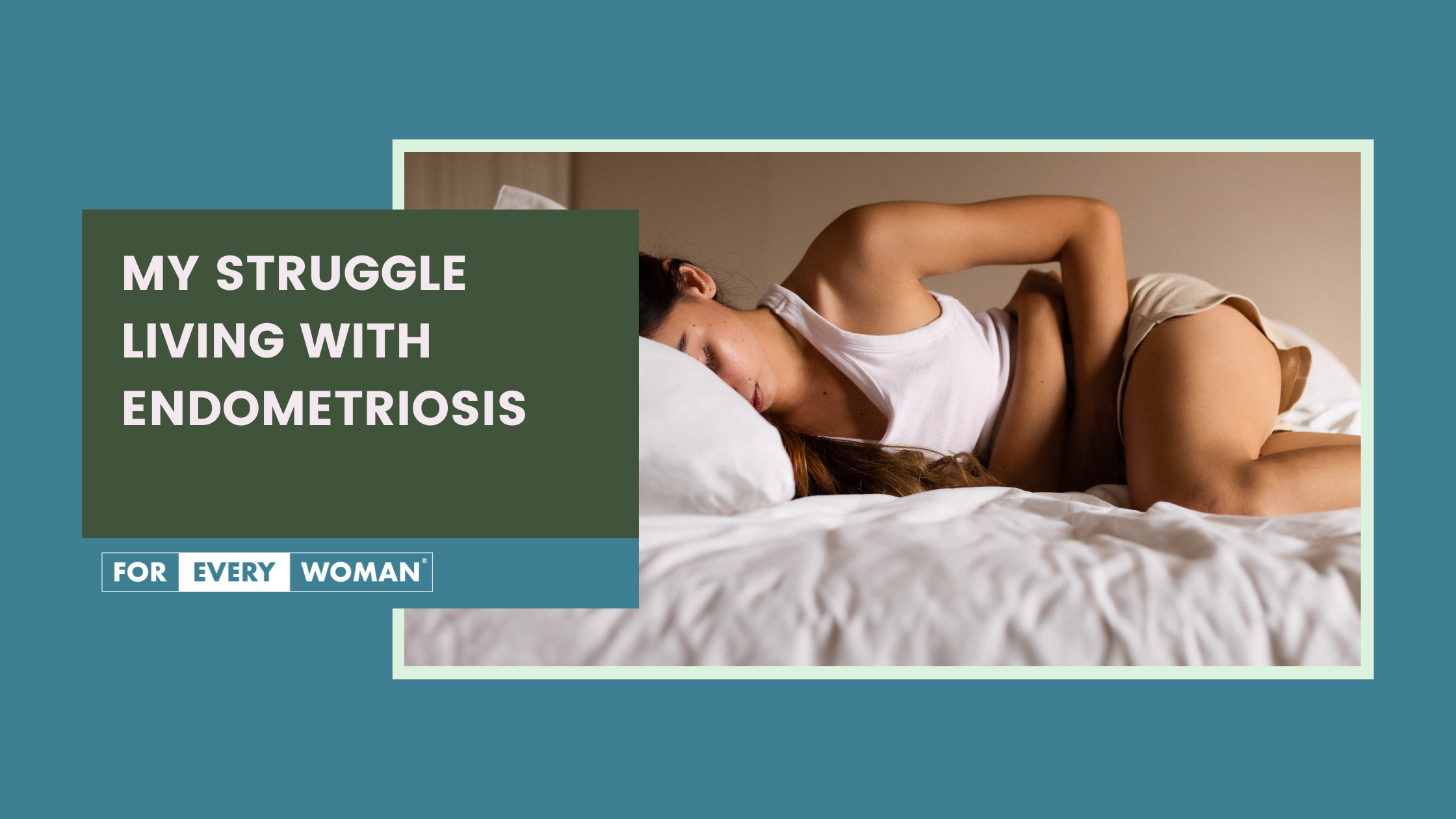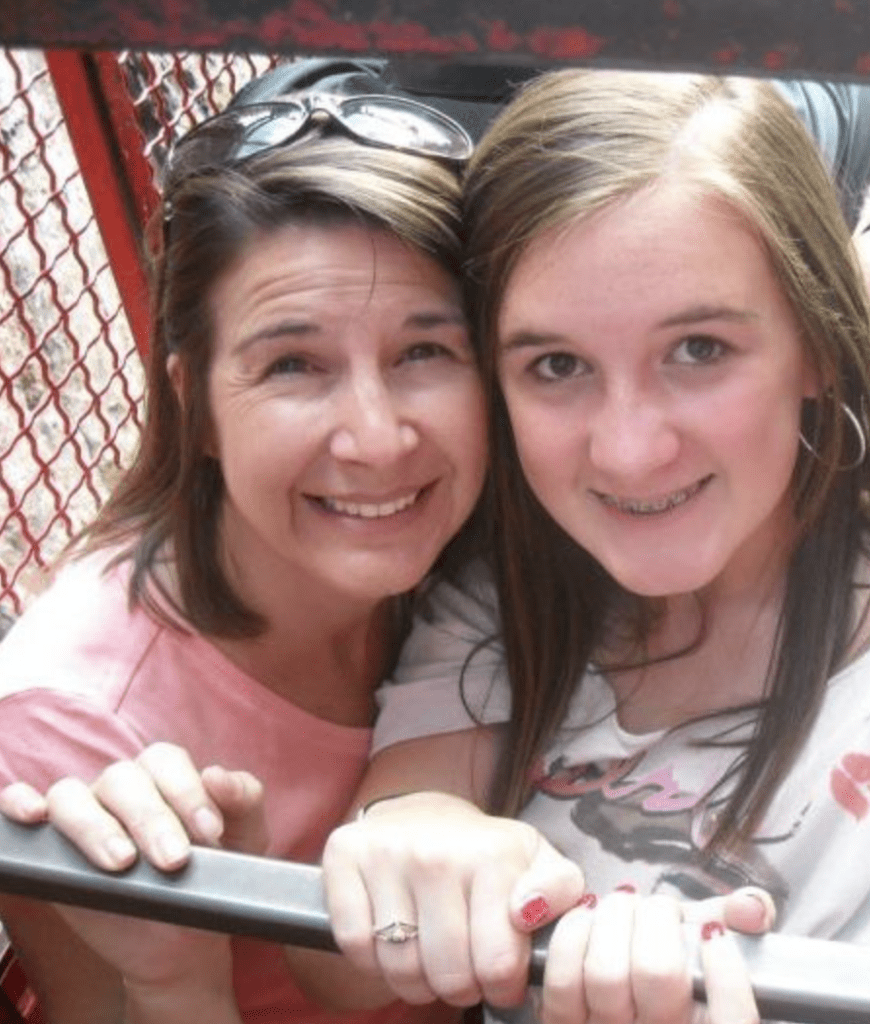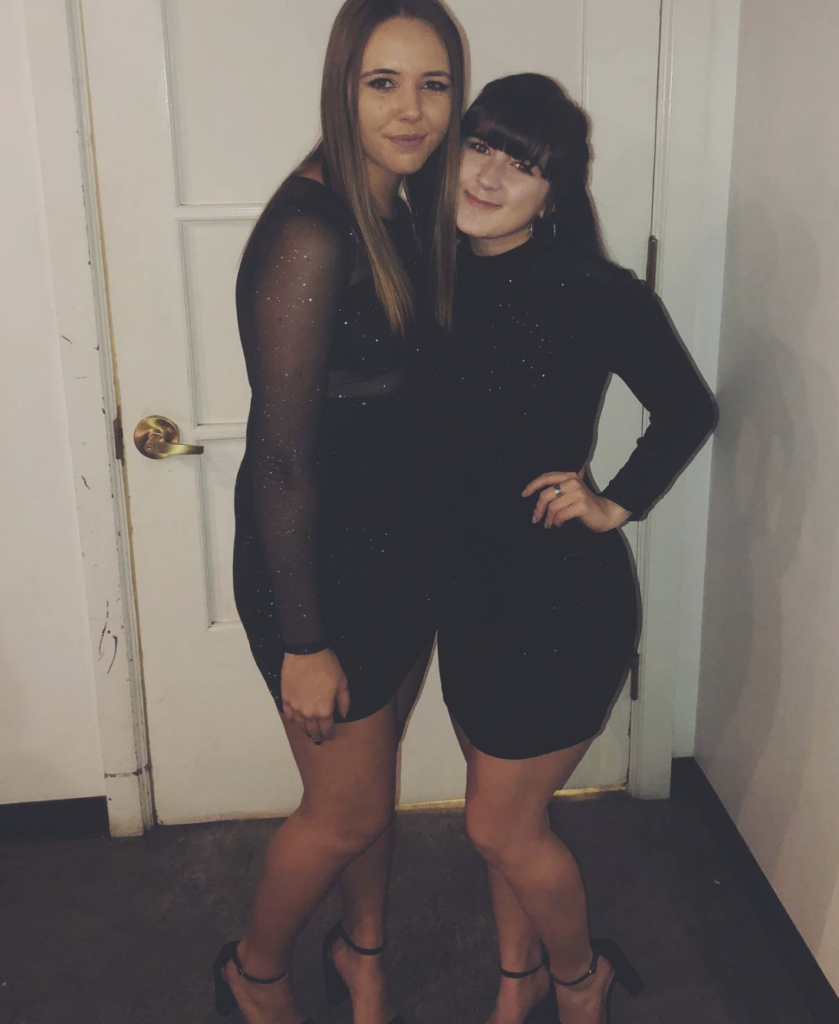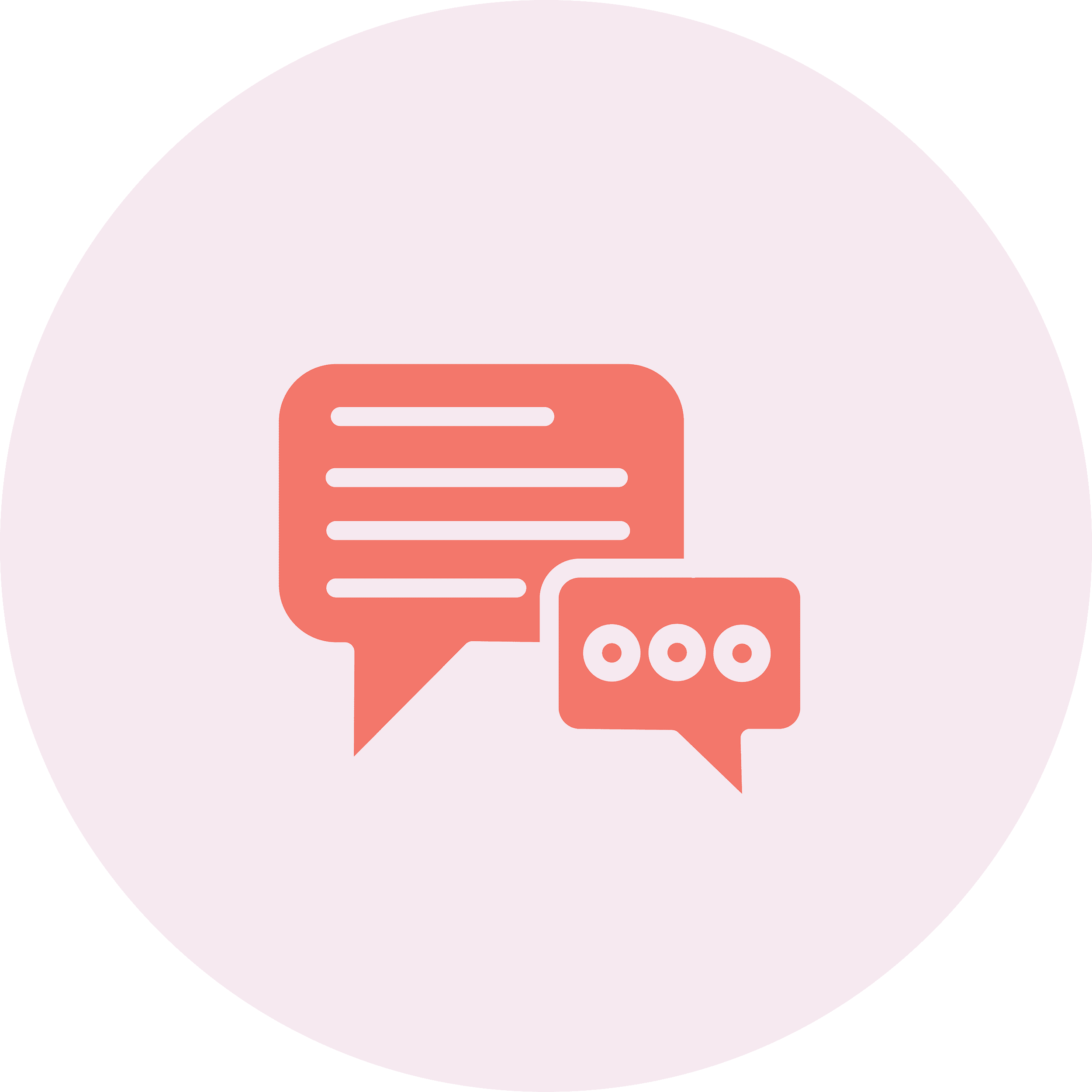My Struggle Living with Endometriosis

During my first period, my dad wanted to take me to the hospital.
I was in middle school when I had my first period. This was my first experience with menstrual cramps. I remember laying in my parent’s bed crying and clutching my abdomen. Since this was my first period, neither of them knew what was wrong with me at the time. The pain affected me so much that my dad wanted to drive me to the hospital. It wasn’t until hours later, when the pain finally subsided, that we found out the true cause for it. This is my experience living with endometriosis.

As a child, I was pissed. I didn’t feel some happy, coming-of-age movie, a rite of passage, welcome to womanhood feeling about getting my period. I felt like I was cursed. This might seem dramatic, but for a child experiencing the pain I did, then being aware I might experience this every month until I was in the latter part of my life. It was a prison sentence.
Endometriosis is hereditary.
My mom knew what I might be feeling. She told me that at my age, she experienced the same painful cramps. Her doctors told her it was due to a disease called endometriosis. At the time of her diagnosis, which was probably in the late eighties, the doctors told her the best way to combat living with endometriosis was to have kids. Yeah. As a middle schooler, I found this information unhelpful. Although endometriosis can cause infertility in many cases, thankfully, my mother did not experience this problem. She went on to have three daughters, but neither of my older sisters experienced the same pain that I did during their period. My mom always tried to comfort me by reminding me that her endometriosis got better as she got older.

By the time I reached high school, I was accustomed to migraines, my legs feeling like I’d just run a marathon, and period pain that made me feel like my lower half might fall off every— single — month. I always compared the pain to throwing knives into a washing machine and hitting start, except the washing machine, in this case, is your uterus.
Birth Control was my only option.
There is no cure for living with endometriosis. When girls at school told me they were having cramps and then proceeded to pop 200 mg of ibuprofen and call it a day, I was shocked. From the beginning, ibuprofen and acetaminophen nothing ever touched the pain I was experiencing. When people offered it to me, I could almost hear my entire reproductive system laughing in their faces. So, at 15 years old, I started taking birth control.
While there are many factors that contributed to my plight with depression starting at this age, I can’t ignore the correlation between birth control and mental health at such a young age. When I was around 20 years old, I stopped taking the pills. I did not like the way birth control made me feel. I had gained weight, I struggled to take them at the same time every day, which caused issues, and my period cramps were tolerable. It only took about a year without birth control for my truly terrible cramps to come back. And then came the fear.
The isolation, anxiety, and imposter syndrome of endometriosis.
One thing many people don’t talk about is the anxiety endometriosis can cause. After years of struggling with period cramps that were painful enough to cause nausea and even vomiting at times, the fear of having a period came naturally. Endometriosis can be unpredictable.
Although I cannot speak for other women, my own experience with endometriosis became like an unpredictable rollercoaster. Every month gave me cramps and migraines painful enough to take me out of school or work, but some months, the pain was the most horrific I have ever experienced in my life. I had to call out of work without a doctor’s note or any proof of my sickness and hoped my boss would take me at my word. My poor family had carried me upstairs, started hot baths for me, and did their best to help as I cried in a ball on the floor on multiple occasions.
After experiencing this kind of pain, I noticed my anxiety about starting my period increased. When I could feel my lower half begin to rumble with the familiar shooting leg pain and churning in my stomach, I would go into full panic attacks about what might come next. Just the thought, the waiting to see if this would be the month that gave me blinding pain or not, would put me into an anxious frenzy.
Searching for a diagnosis.

The only means to be officially diagnosed with endometriosis is through surgery. This is something I didn’t realize until I was in college. After years of struggling with endometriosis and being tired of feeling invalidated, I booked an appointment with my gynecologist to see if I could get some answers. Unfortunately, she let me know that unless I wanted to go into laparoscopic surgery, there was no other way to confirm 100% that I had endometriosis. All I had wanted was someone to tell me that I wasn’t crazy. I needed someone to confirm my experience, to let me know the pain was real and that I wasn’t a weak person. Instead, I had a doctor tell me my options were birth control, a stronger medicine on the market, or surgery.
This is why I believe there are so many women struggling with endometriosis silently. For too many years, we believed this was a normal experience, that this was what it was like for everyone.
Living with Endometriosis now.
Now, as a 26-year-old, my endometriosis is not as severe as it once was. At the time of writing this, it has been two years since my debilitating cramps. I’m also at the age my mother was when she had her first child. I’m beginning to believe that our version of endometriosis does get better with age. It’s not this way for all women. I’ll never say I am grateful for my experience with endometriosis, but I know it’s made me aware of the millions of women who experience it, many in a much harsher version than mine. If something cannot be cured, it must be talked about until the cure comes. This is the only way that women who suffer from this silent disease will be seen and understood.

My hope is that more employers, professors, and teachers give women the space to live with their endometriosis. And that women know that their struggle is real, validated, and worthy of being accommodated. Learn more about endometriosis here.
Have questions about all things women’s healthcare? Check out our confidential Chatbot.

